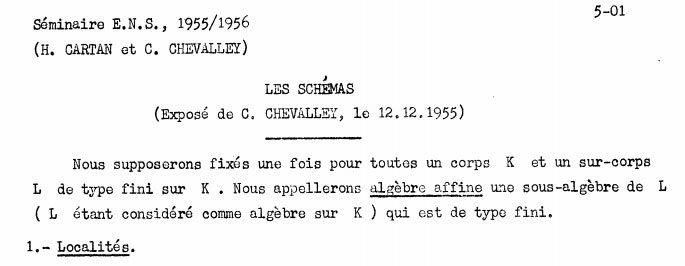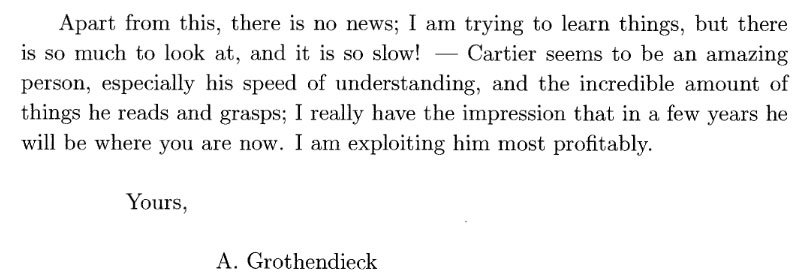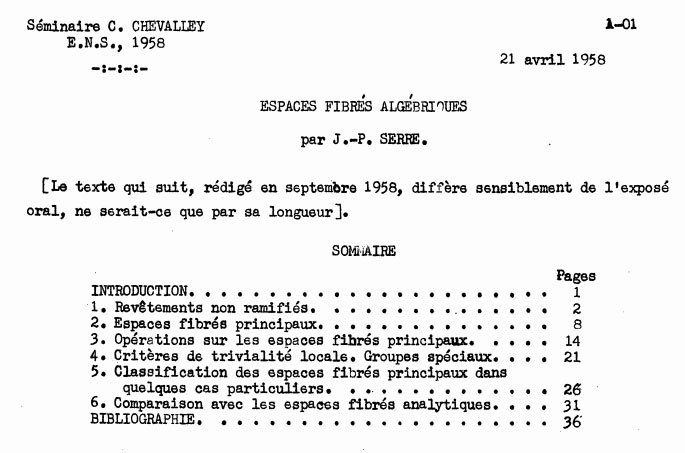A math-story well worth following in 2015.
What will happen to Grothendieck’s unpublished notes, or as he preferred, his “gribouillis” (scribbles)?
Here’s the little I know about this:
1. The Mormoiron scribbles
During the 80ties Grothendieck lived in ‘Les Aumettes’ in Mormoiron
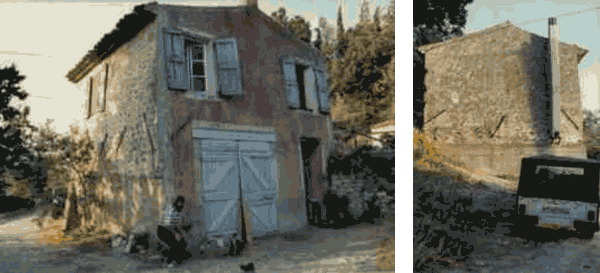
In 1991, just before he moved to the Pyrenees he burned almost all of his personal notes in the garden. He phoned Jean Malgoire:
“Si tu ne viens pas chercher mon bordel mathématique, il va brûler avec le reste.”
Malgoire sped to Mormoiron and rescued 5 boxes containing about 20.000 pages. The next 20 years he kept them in his office, not exactly knowing what to do with them.
On january 3rd 2010, Grothendieck wrote his (in)famous letter forbidding others to share or publish any of his writings. (Picture via the SecretBloggingSeminar)
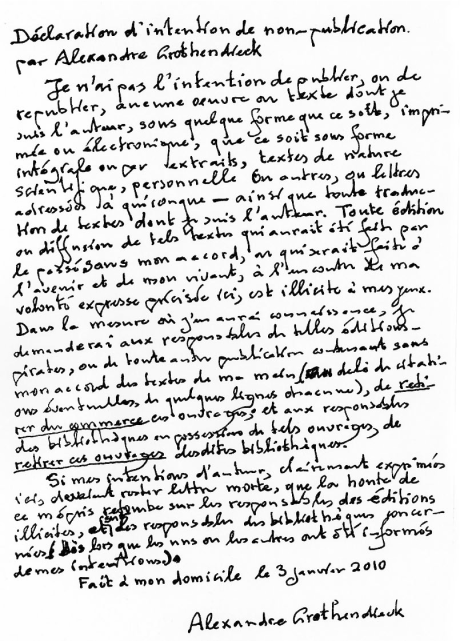
Malgoire feared that Grothendieck would soon ask him to destroy the Mormoiron-gribouillis and decided to donate them to the University of Montpellier.
They are kept somewhere in their archives, the exact location known only to Jean Malgoire, Luc Gomel (who is in charge of the patrimonium of the University of Montpellier) and the person who put the boxes away.
After Grothendieck’s death on november 13th, FranceTV3 did broadcast a short news-item.
If Grothendieck’s children agree, the University of Montpellier intends to make an inventory of the 5 boxes and will make them available, at least to researchers.
2. The Lasserre scribbles
The final 23 years of his life, Grothendieck lived in the small village of Lasserre in the French Pyrenees.
Here he could be glimpsed blurrily through the window as he wrote for hours during the night.(Picture via the GrohendieckCircle)

Leila Schneps and her husband Pierre Lochak did visit the house and met with Grothendieck’s family the week after his death.
Before she went, she was optimistic about the outcome as she emailed:
“I have already started modifying the Grothendieck circle website and it will of course eventually return completely. Plus many things will be added, as we will now have access to Grothendieck’s correspondence and many other papers.”
Her latest comment, from december 16th, left on the Grothendieck-circle bulletin board, is more pessimistic:
“Il a ecrit a Lasserre sans cesse pendant plus de 20 ans. Je n’ai pu que jeter un rapide coup d’oeil sur tout ce qu’il a laisse. Il y a de tout: des maths, des reflexions sur lui-meme, et des reflexions sur la nature humaine et sur l’univers. Rien n’est disponible pour le moment. Ces manuscrits finiront dans une bibliotheque et seront peut-etre un jour consultables.”
The good news is that there appears to be some mathematics among the Lassere-gribouillis. The sad news being that none of this is available at the moment, and perhaps never will.
So, what happened? Here’s my best guess:
Grothendieck’s children were pretty upset a private letter from one of them turned up in the French press, a couple of years ago.
Perhaps, they first want to make sure family related material is recovered, before they’ll consider donating the rest (hopefully to the University of Montpellier to be reunited with Grothendieck’s Mormoiron-notes).
This may take some time.
Further reading (in French):
Grothendieck, mon tresor (nationale)
Un génie mystérieux, un secret bien gardé
Comments closed
